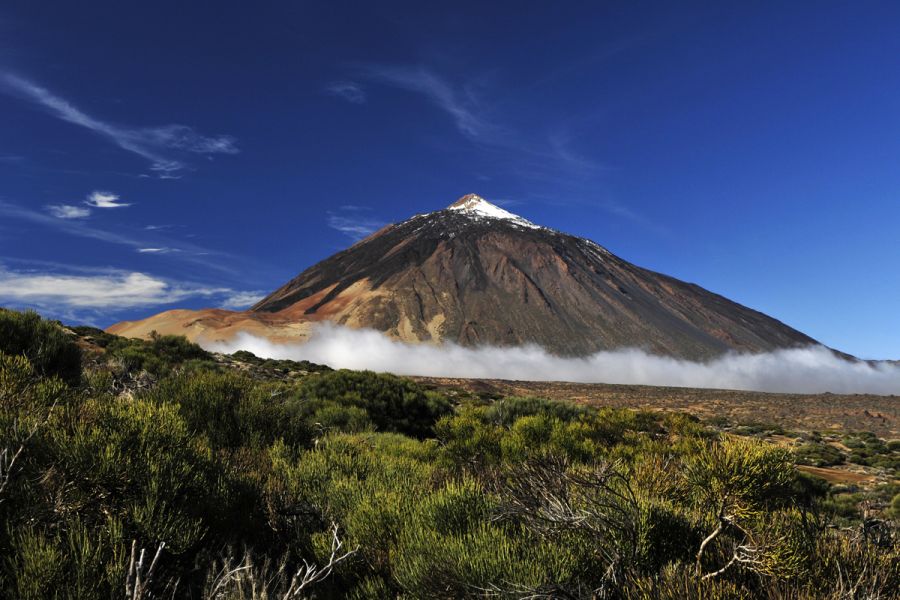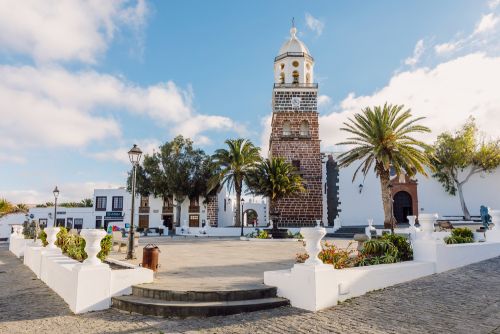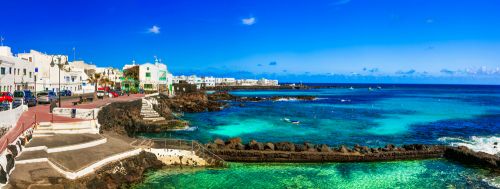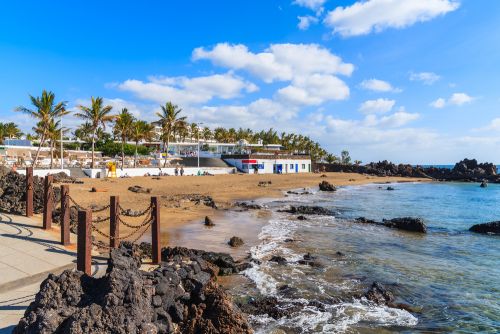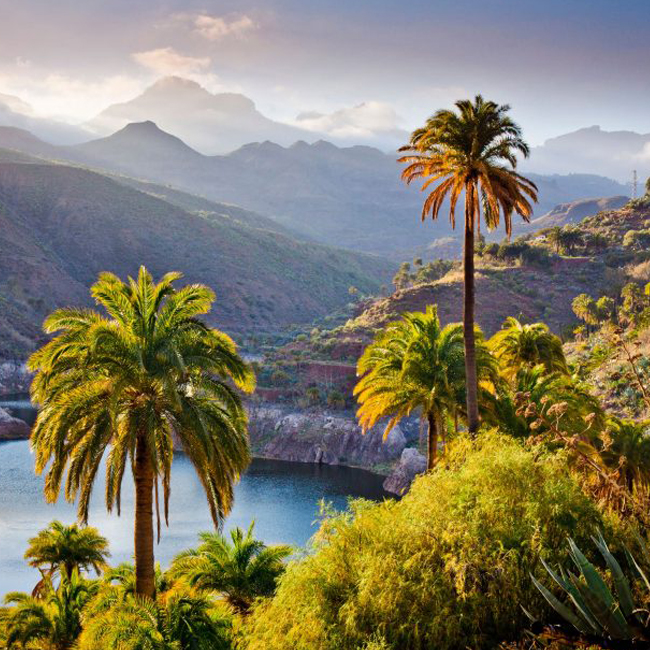 If there’s one thing that makes Tenerife stand out, it’s undoubtedly its spectacular natural spaces. And of all of them there’s one that stands out above the rest: the Cañadas del Teide National Park.
If there’s one thing that makes Tenerife stand out, it’s undoubtedly its spectacular natural spaces. And of all of them there’s one that stands out above the rest: the Cañadas del Teide National Park.
And it’s totally as expected, since it’s the most visited national park in Europe. As well as being home to the majestic volcanic structure of Spain's highest mountain, it’s also home to the most breathtaking landscape you’re likely to have ever seen.
Tenerife is home to one of the most impressive manifestations of volcanism in the world, as the mind cannot imagine the breathtaking panoramic view that appears before your eyes from the summit, at an altitude of 3,718 metres.
The magnificent view of the caldera, the hundreds of cones, lava flows, dykes, rocks.... Not to mention the species of flora and fauna that swarm there, with a multitude of endemic species, some of which are exclusive to the area.
What to do in the Cañadas del Teide National Park
If you’re on the island, you shouldn’t miss this true wonder of nature. Walking through volcanic lava and feeling tiny as you contemplate the imposing surroundings declared a World Heritage Site by UNESCO is something unique.
Teide Cable Car
The Teide Cable Car takes you up to the summit of the volcano, over a great height difference that would require a great deal of time and effort if you were to walk.
It consists of two stations: the base station, which has a bar and buffet restaurant, and the top station, La Rambleta, at 3,555 metres, with splendid views.
The ascents begin at 9 a.m. and finish at 4 p.m., unless inclement weather prevents the service.
Teide trekking route
There’s a trekking route that leads to the peak of the volcano itself. It starts from Montaña Blanca, is very difficult due to the progressive change in altitude (from 1,367 to 3,718 metres) and takes about six hours to reach the Altavista refuge.
Due to the complexity of the trail, it’s possible to stay overnight if you obtain a permit obtained beforehand to wait until dawn and tackle the last part of the ascent, which leads to the Teide crater itself.
The nine-kilometre route is a mixture of track and path, passing through places of great geological interest such as Montaña Rajada, Mina de Pómez, Huevos del Teide, Estancia de los Ingleses and La Rambleta.
The last section is the Telesforo Bravo route, which goes through lava channels to reach the crater of the volcano. It’s advisable to bring appropriate clothing and footwear, as well as food and cool drinks. Also, we recommend you bring a jacket, because of the cold at dawn.
Stargazing on Teide
Almost the entire surface of the Cañadas del Teide National Park is recognized as a Starlight Tourist Destination for stargazing, so you’ll definitely see stars and constellations.
It’s an authentic natural place to admire the stars, especially on clear, moonless nights. The area offers a great star show at any time of the year.
In addition, if you visit in August you shouldn’t miss the Perseids star shower and, in the early evening, to look towards the northeast to observe the brilliant Vega, the main star of the constellation of the Lyre.
Cañada Blanca Visitor Centre
This centre is located at an altitude of 2,152 metres, next to the emblematic rocks of García and at the foot of the park's southern mountain range. A stop at this nerve centre of the park is a must for any type of visitor.
The most curious visitors have the opportunity to learn about the park's extensive heritage in an educational way. For those looking for a rest, there’s a cafeteria and a souvenir shop.
Contemplate the flora of Teide
The richness of the area's flora has been vital for its declaration as a National Park. Of the 194 species inventoried, 31 are endemic to the Canary Islands and 32 are endemic to Tenerife, which is almost 32% endemism.
The visitor can see how all the areas where the soil offers minimum conditions have been "invaded" by a very rich plant world. Some of the most relevant plant species are the following:
- Malpaís flower (Tolpis webii)
- Teide wallflower (Erysimum scoparium)
- Teide marguerite (Argyranthemum teneriffae)
- Straw grass (Descuraina bourgaeana)
- Codeso (Adenocarpus viscosus)
- Hierba conejera (Pterocephalus lasiospermum)
- Hierba de la cumbre (Schrophularia glabrata)
- Teide grass (Nepeta teydea)
- Estornudadera (Andryala pinnatifida)
- Poleo de monte (Bystropogon origanifolius)
- Tajinaste picante (Echium auberianum)
- Tajinaste rojo (Echium wildpretii)
- Cardo de plata (Stemmacantha cynaroides)
How to get to the Teide National Park
There are several ways to get there, but the most common are the following:
- By bus:
- From Puerto de la Cruz, line 348.
- From Costa Adeje, line 342.
- By car:
- From the north on the TF-21 La Orotava-Granadilla road or the TF-24 La Laguna-El Portillo road.
- From the south, via the TF-21 road.
- From the west, on the TF-38 Boca Tauce-Chío road.
Where to stay when visiting Teide
If you had to choose an accommodation where you could unwind after an intense day visiting this majestic park, the choice would undoubtedly be the HD Parque Cristóbal Tenerife.
Located in Playa de las Américas, an hour's drive from the Cañadas del Teide National Park, this is a true paradise in the south of Tenerife in a unique setting.
And you, what are you waiting for to visit Teide? Coming to Tenerife and not discovering Spain's most visited national park is a crime. Don't miss the chance to discover the island's volcanic nature in all its splendour.
